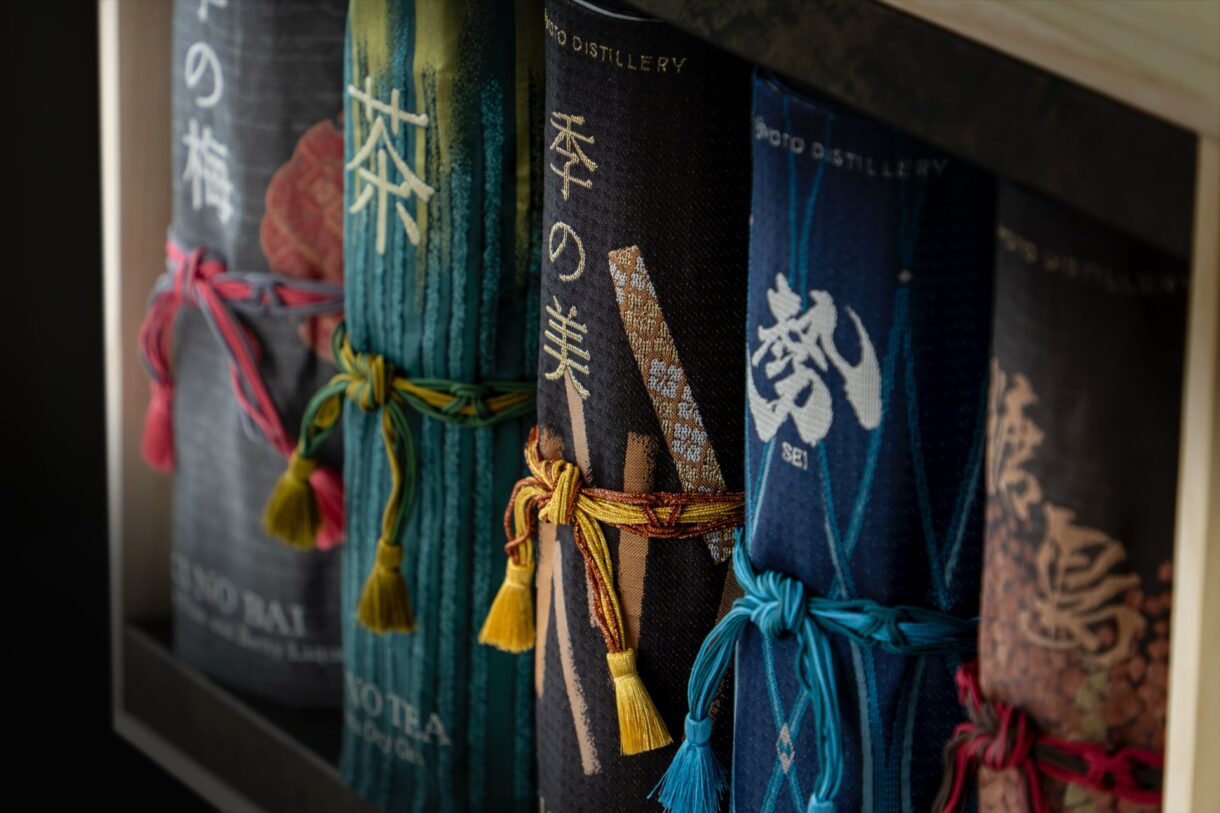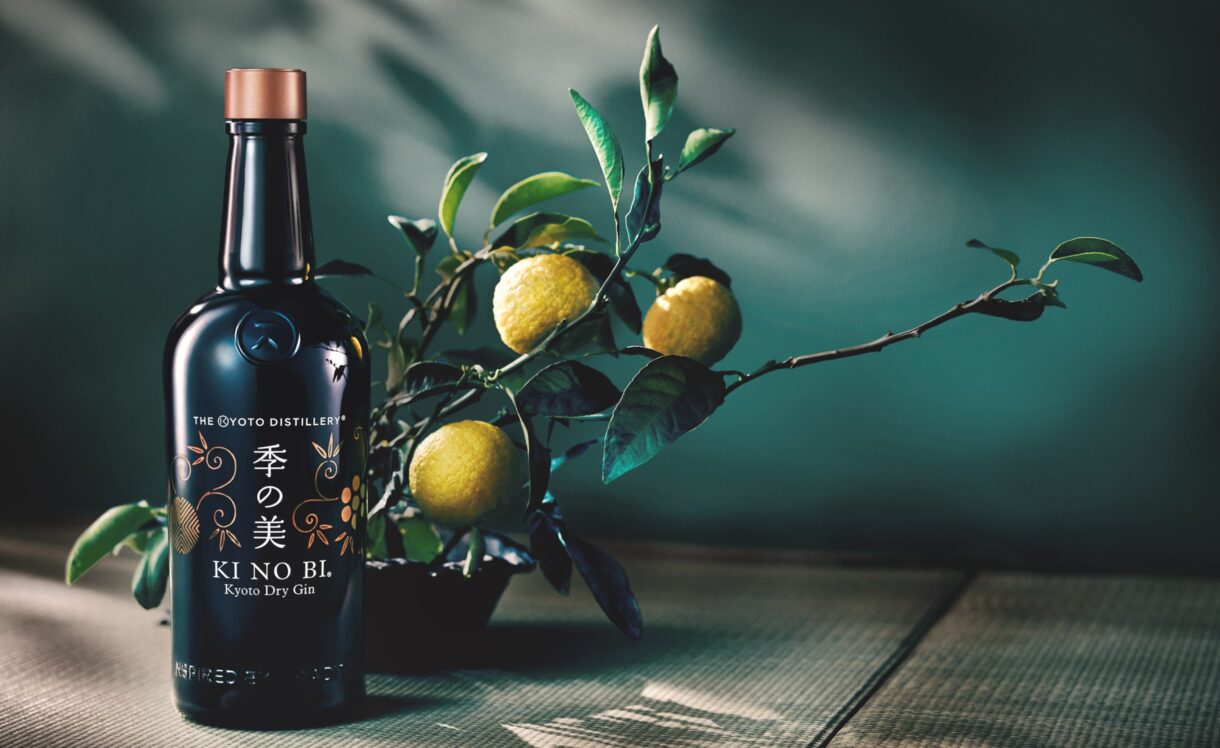
KI NO BI to open fossil-free distillery
A short drive west of Kyoto, through the beautiful Arashiyama forest, is Kameoka City. Here, KI NO BI is, quite literally, breaking new ground. This is where The Kyoto Distillery’s new state-of-the-art distillery, committed to use only fossil-free energy, is set to open in 2025.
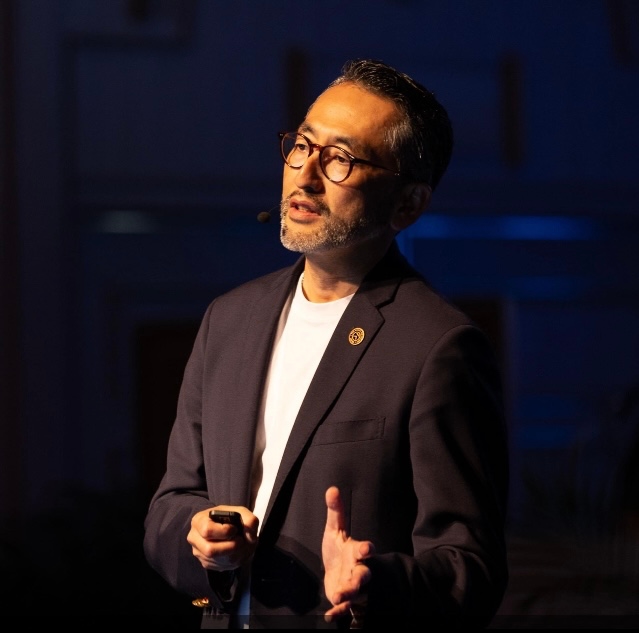
When the current distillery opened in 2015, The Kyoto Distillery was the country’s first ever in Japan to make gin exclusively. Since then – and much thanks to the success that follows with being the standard-bearer for Japanese gin – KI NO BI has set very ambitious goals for growth. The new production facility will provide seven to eight times greater capacity than what the current facility can cater for.
“The KI NO BI brand is expecting significant and rapid growth, so we have been planning this move over the past few years”, says Hiro Nagai. As Head of Strategic Projects and Distillery Operations, he oversees the entire production process. Part of his job description is also to manage the safety, quality and environmental aspects of the distillation and, of course, to seek continuous improvement of the production.
The distillery’s new boiler will be fully electric, so compared to the current gas boiler it will significantly decrease our carbon footprint.
As for the strategic projects suggested by his title, they are perhaps best exemplified by the ongoing work to build a new distillery. As Hiro himself describes it, he is the conductor who orchestrates the entire process – including meeting architects, construction firms and authorities, to make sure everything proceeds as planned and that the required permits are obtained and complied with. “We currently have a very small, niche, ‘boutique’ distillery. Unfortunately, it is situated in a semi-industrial area, where there are limitations to how much flammable liquid we are allowed to handle. So, in other words, if we are to reach our ambitions, we have to move to an industrial park”, Hiro explains.
A balancing act
Hiro says the main reason for building the new distillery is growth. And for a brand that didn’t even exist ten years ago, the goals are ambitious. By 2035, they want to reach the new plant’s maximum capacity. In other words, virtually a tenfold increase over ten years. As anyone who knows anything about the spirits industry, a massive increase in volumes typically means higher energy consumption. This is, however, where the new distillery and its state-of-the-art boiler will bring great benefits. “The new boiler is fully electric, so compared to the current gas boiler it will significantly decrease our carbon footprint. We have also committed to using only electricity from fossil-free sources such as wind, water, solar and geothermal energy”, says Hiro.
Another major improvement is a pair of brand-new 12-metre-tall column stills, which will substantially increase the recycling rate of the heads and tails. If that doesn’t make much sense, let us explain: In a typical distillation process, or spirit run, you get three categories of alcohol – the heads, the hearts and the tails. As a distiller, what you are primarily after are the hearts – the alcohols with the least amount of imperfections – which give the spirit that smooth taste. The heads and tails, on the other hand, are often disregarded. However, if they are of a high enough quality, they can be reused.
“We want to reuse as much as we can as long as it meets our quality standards. The new distillery will help with that. With the new stills, the heads and tails that we reprocess will be of much higher quality than what we can achieve with the less advanced still we currently use. In fact, it will have the same quality as the raw spirit that we purchase, which means that the recycling rate of the heads and tails will be much higher than before”, says Hiro.
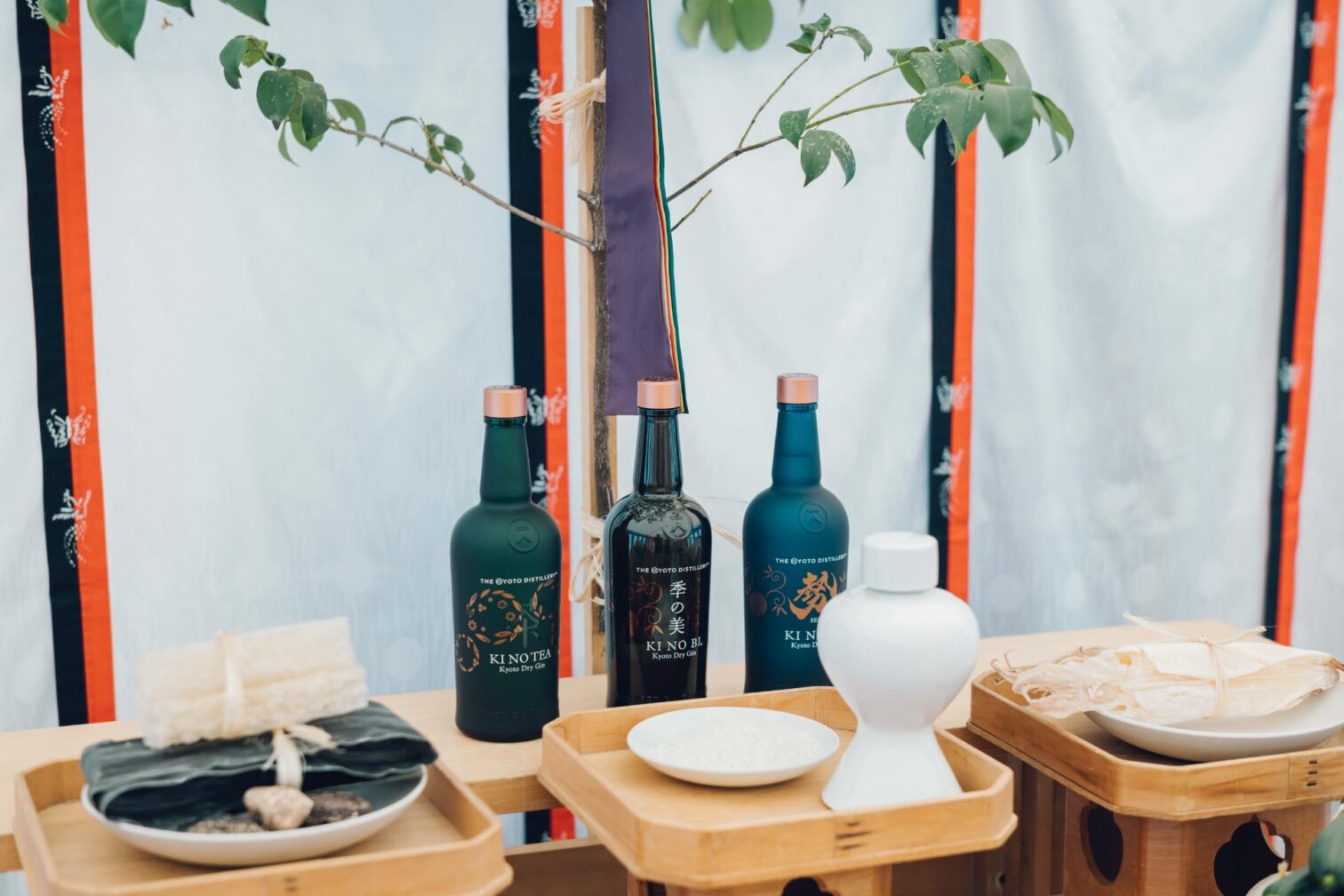
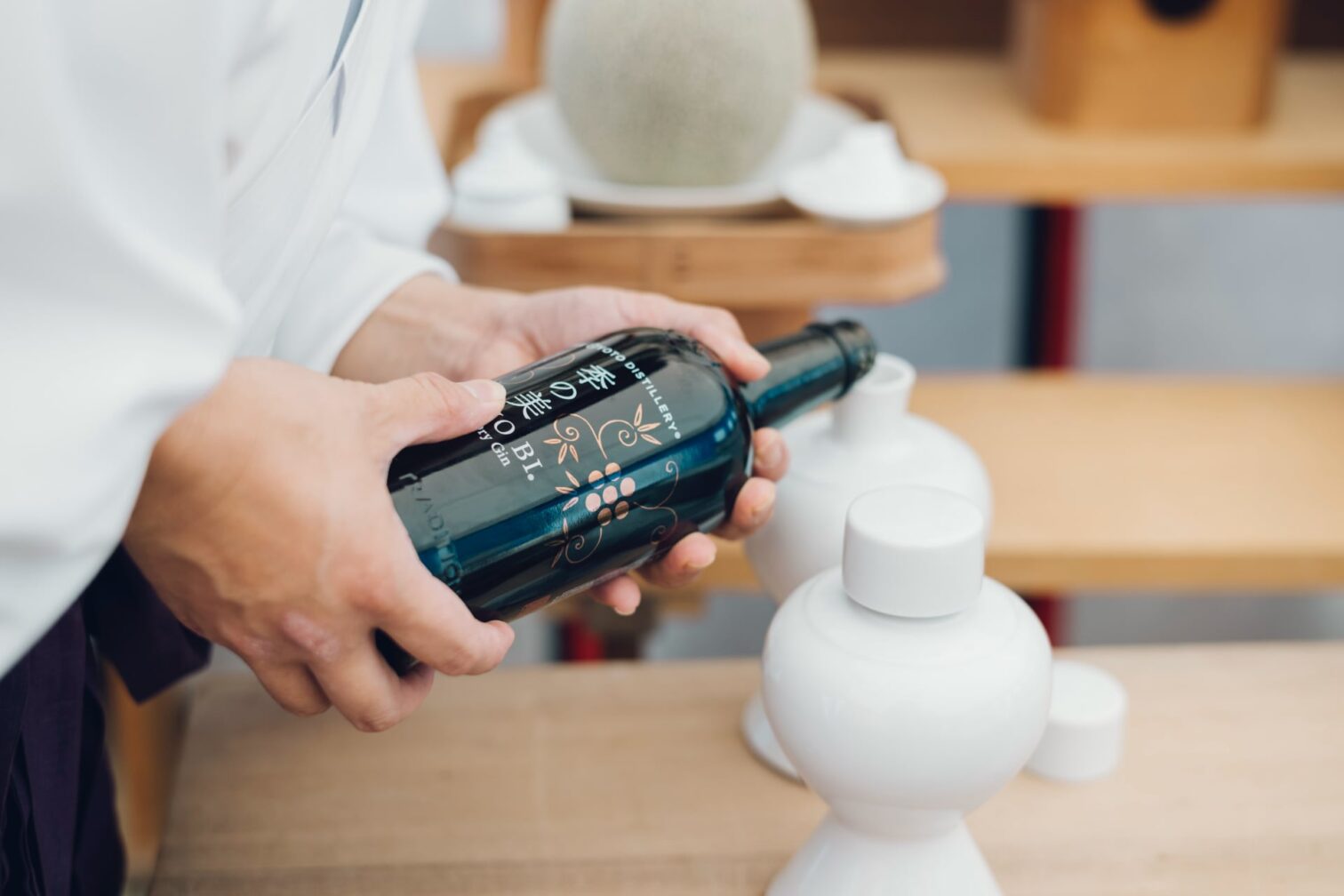
True to the elements
Anyone who knows KI NO BI also knows that quality ingredients, careful preparation and methodological processes are essential to its taste. In a more typical gin distillation process, all botanicals are macerated together with the raw spirit and distilled only once. For KI NO BI, every batch is distilled in no less than six separate processes – one for each ‘element’ that the eleven botanicals are divided into – before they are carefully blended. Or in Hiro’s own words: “The way we make our gin is six times as perfectioned as a typical gin”.
Hiro says there are no plans to change this, as it’s part of KI NO BI’s recipe for success. “Our principle will not change. We will basically replicate the process we use today, because we believe in our unique style. Doing it in our own way is part of our DNA”, he says. “If we were only after efficiency, we could put everything in one still and cook it once, but we want to stick to the KI NO BI style. In our mindset as a craft of Kyoto, KI NO BI is really the works of our artists, our distillers, rather than products”
In the months leading up to the opening of the distillery, Hiro and his team of distillers will fine-tune the equipment and – if necessary – adjust the recipe to ensure their gin maintains the high standards connoisseurs have come to expect.
We want to reuse as much as we can as long as it meets our quality standards.
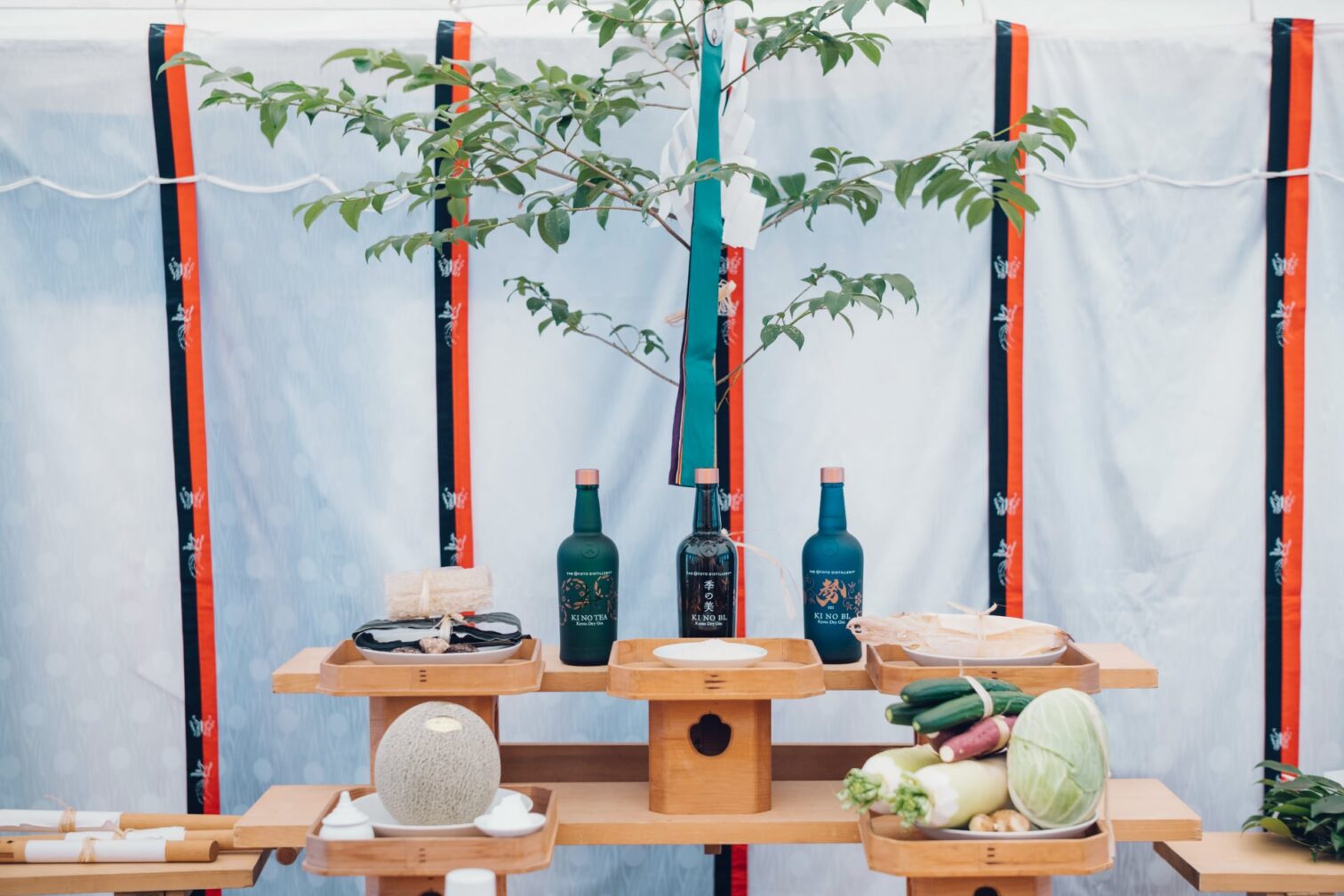
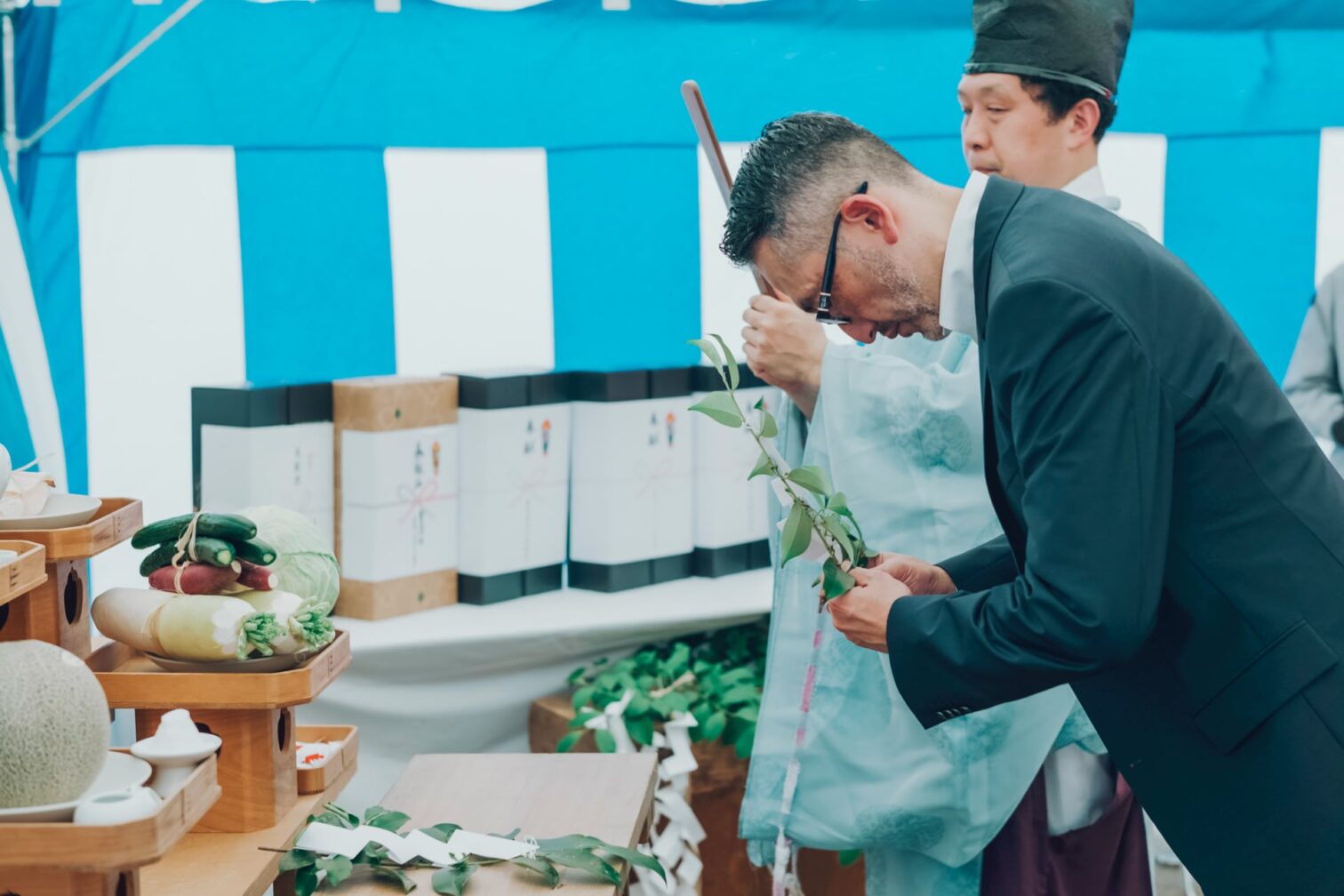
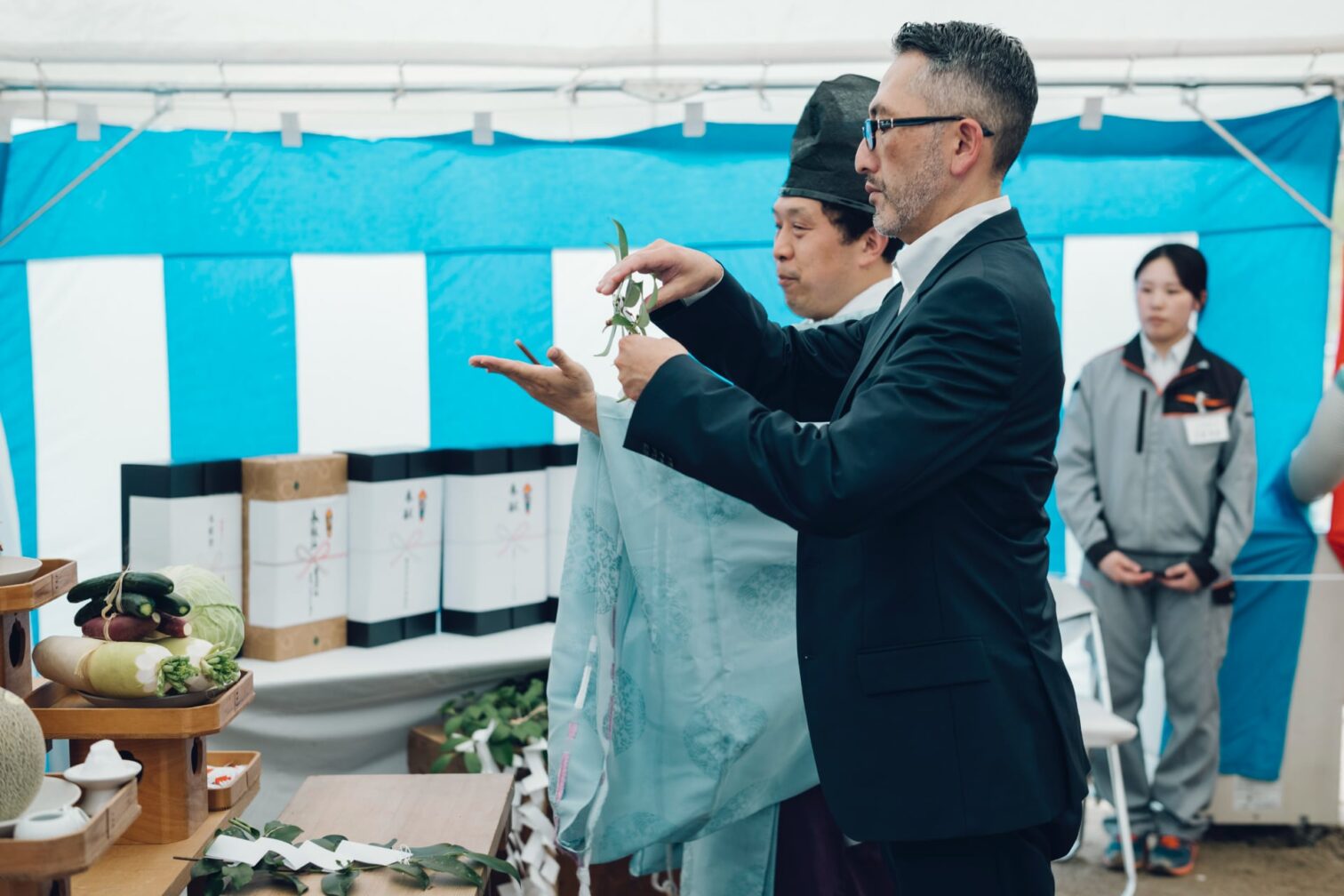


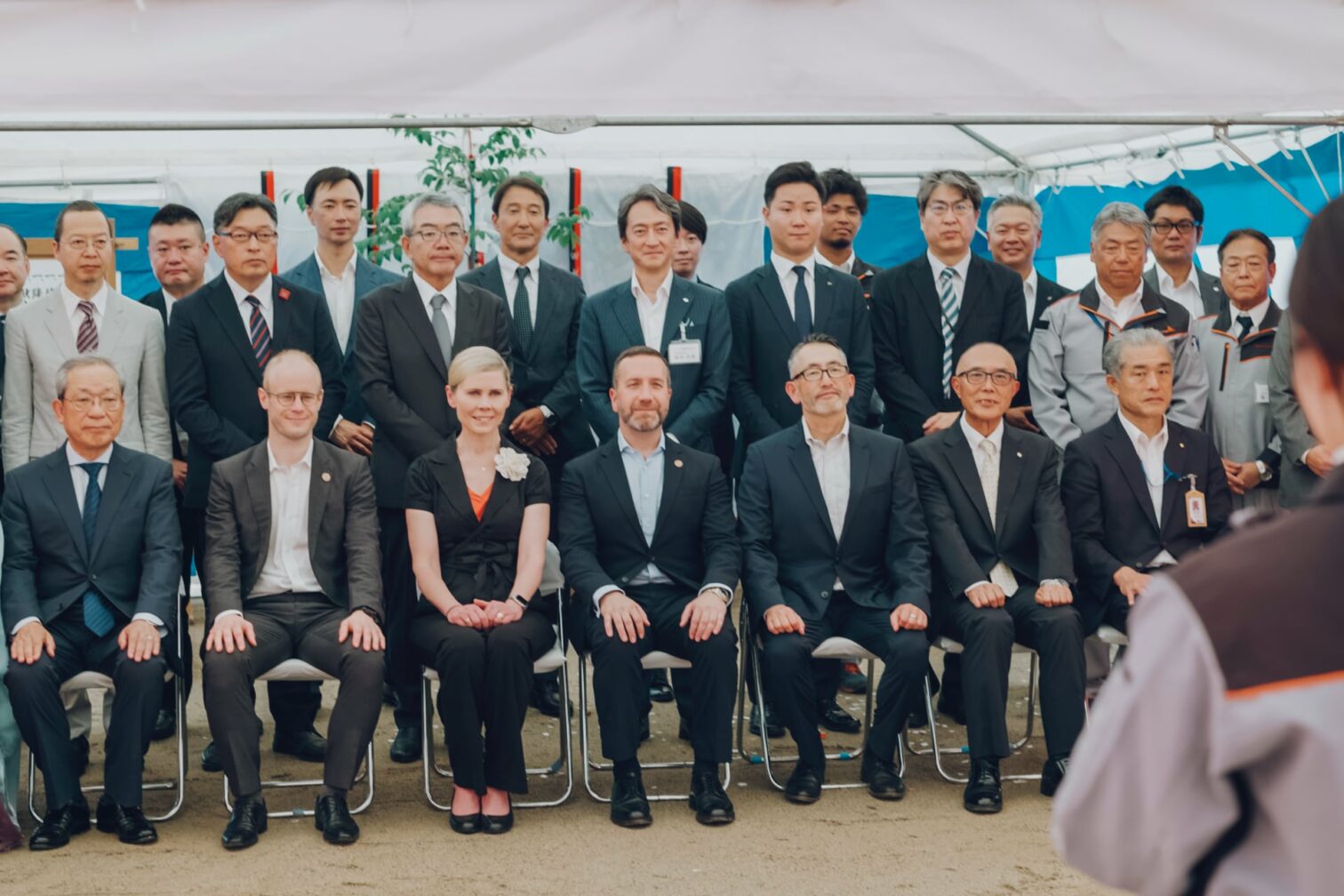
A new home
When asked what the biggest improvement will be with the new distillery, Hiro pauses. “You know, it’s difficult to answer. If you would ask, say, six different people, you would probably get six different answers”, he says. So, instead of a quick or rehearsed response, Hiro suggests that we look at the 3D model of the planned distillery. He starts by showing a beautiful botanical garden that surrounds the main building where the new stills are displayed through large windows covering almost an entire side of the building. He continues to explain everything in detail, from where the offices will be to how the car park and the barrel storage house will use solar panels to provide extra energy.
After almost a five-minute virtual tour, Hiro arrives at his answer: “For me personally, it’s the sense of belonging. We will soon have a proper distillery that we will be immensely proud of, which will also be an energising place to work. The fact that it will be carbon neutral only adds to that”.
